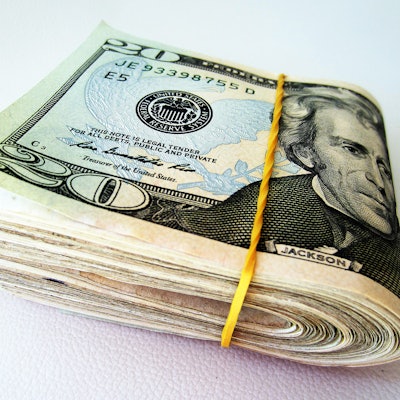
Cash flow—how much money is flowing into and out of a business—is a relatively easy concept to understand. But not every salon professional is aware of the impact that cash management has on the salon’s bottom line. William J. Lynott, a former management consultant, corporate executive and author of Money: How to Make the Most of What You’ve Got, offers these 12 techniques to help improve your cash flow—and your profits.
1. Never allow your money to lie idle. If you don’t already have one, open a money market account with a decent interest rate and have it linked to your business checking account.
2. Don’t be timid about using other people’s money. With today’s extraordinarily low interest rates, careful use of credit can be one of your most effective business-building tools.
3. Consider leasing. Leasing products for personal use usually isn’t a good idea, but business leasing is a different matter. Lease some of your equipment instead of buying it outright if you’ll be able to use the cash in your business to earn a better return than the leasing costs.
4. Use promotions to keep cash flowing. Any work is better than no work at all. When you or your employees are idle, you lose money.
5. Don’t be in a big hurry to pay your bills. Hanging on to cash as long as possible allows your money to draw interest right up until the bill’s due date.
6. Collect debts aggressively. If you’re among the minority of salon owners who extend in-house credit to clients, don’t allow these receivables to go uncollected. When a client is late paying a bill, get on the phone. If you’re uncomfortable, try to remember what your creditors would do if you were late with a payment.
7. Maintain a cushion. Whenever possible, keep enough cash in interest-bearing accounts to cover normal operating expenses for three to six months.
8. Divorce automatic teller machines (ATMs). At last count, 90% of banks were assessing ATM surcharges. Check your bank statements. If you’re paying for the use of ATMs, stop using them.
9. Never be satisfied with the first offer. Whether you’re paying interest or receiving interest, shop around before you sign.
10. Keep a lid on bank charges. Make sure that you don’t overdraw your account. Bank fees add up quickly.
11. Develop a personal relationship with your banker and discuss your financial picture honestly. You can expect to get some good advice and a favorable ear should you ever need a little financial help.
12. Use software to keep track of it all. The financial reports and analyses available via a computer-banking program can be vital tools for improving cash flow and bottom-line profits.
[Images: Flickr Creative Commons via 401(K) 2012 – ShareAlike liscense]











